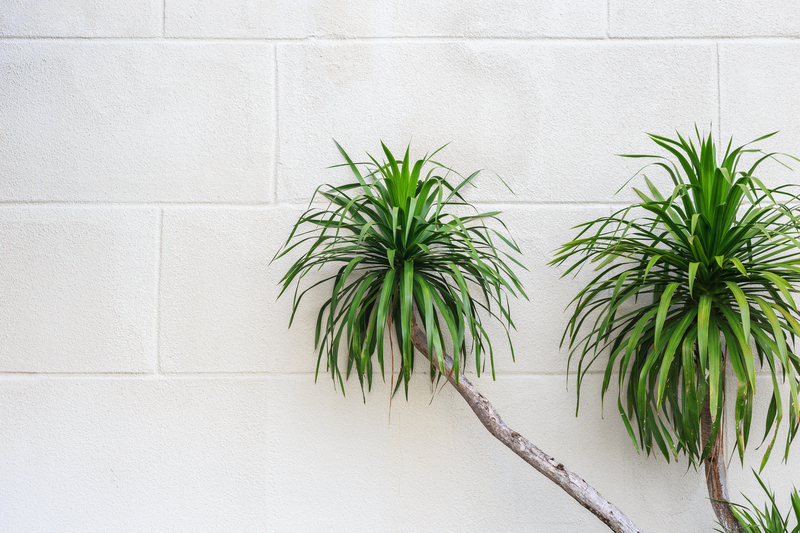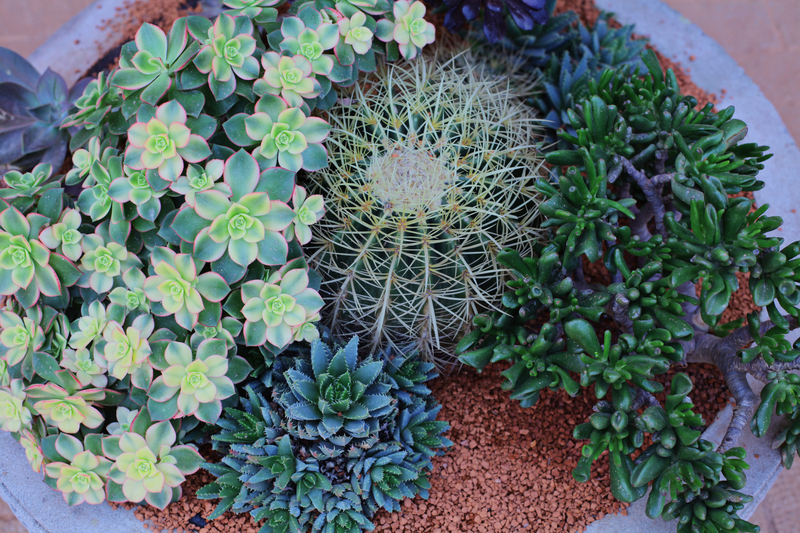Essential Info on Garden Storm Impact
Posted on 26/04/2025
Gardens have always been a refuge of peace and a source of aesthetics for many homeowners. However, gardens are not impervious to the effects of adverse weather conditions. Storms, in particular, can wreak havoc on a carefully nurtured garden, turning a beautifully maintained landscape into a scene of destruction overnight. In this article, we delve into the essential information about the impact of storms on gardens and ways to mitigate and recover from storm damage.
The Types of Storms That Impact Gardens
Different types of storms bring varying threats to a garden. Understanding the nature of these storms is crucial for effective preparation.
Thunderstorms
Thunderstorms often come with heavy rainfall, violent winds, and occasional hail. The excessive moisture can lead to soil erosion, root rot, and fungal diseases. Moreover, strong winds and hail can cause physical damage to plants, breaking branches and stripping leaves.
Tornadoes
Tornadoes are less frequent but can be devastating. Their powerful winds can uproot trees and shrubs, shred plants, and scatter debris that can damage garden structures and plants.
Hurricanes
Hurricanes bring a combination of heavy rain, high winds, and storm surges, leading to extensive waterlogging, soil erosion, and long-lasting damage to both plants and garden infrastructure.

Immediate Impact of Storms on Gardens
Physical Damage
Storms can break plant stems, damage leaves, and uproot entire plants. Trees and large shrubs are most vulnerable to strong winds, while smaller plants may be battered, defoliated, or even buried under debris.
Soil Erosion
Heavy rain can wash away valuable topsoil, which is rich in nutrients essential for plant growth. Soil erosion can expose plant roots, making them more vulnerable to disease and reducing their ability to absorb water and nutrients.
Waterlogging
Excessive rainfall can lead to waterlogged soil. Prolonged waterlogging deprives plant roots of oxygen, leading to root rot and fungal diseases. It also damages soil structure, making it difficult for plants to recover.
Long-Term Effects of Storm Damage
Hindered Growth
Even after the immediate damage is cleared, plants may suffer long-term effects that hinder their growth. Damaged roots, stems, and foliage need time to repair, which can delay flowering and fruiting.
Increased Disease Susceptibility
Physical damage and waterlogging create ideal conditions for diseases to thrive. Plants weakened by storm damage are more susceptible to infections, which can spread and affect healthy plants.
Altered Soil Composition
Soil erosion and waterlogging can alter the soil's chemical composition. Essential nutrients may be washed away, while harmful salts and contaminants can accumulate, affecting plant health.
Preventive Measures for Minimizing Storm Damage
Taking preventive measures can significantly reduce the impact of storms on your garden.
Proper Planting Techniques
Planting wind-resistant trees and shrubs can offer some protection to more delicate plants. Additionally, proper spacing and staking of young plants can help them withstand strong winds.
Soil Management
Employing good soil management practices, such as mulching and the use of organic matter, can improve soil structure and drainage, reducing the risk of erosion and waterlogging.
Structural Protections
Installing windbreaks, such as fences or hedges, can protect your garden from the full force of the wind. Similarly, raised beds and proper garden drainage systems can mitigate waterlogging.
Emergency Response During and After a Storm
Immediate Actions
During a storm, the priority is personal safety, but if possible, moving potted plants to sheltered areas can prevent damage.
Post-Storm Cleaning
Once the storm has passed, the first step is to clear debris and damaged plant materials. Promptly remove broken branches and stems to prevent disease entry points.
Assessing Plant Damage
Assess each plant for damage. Some plants may recover on their own with minimal intervention, while others might need pruning or support. Severely damaged or uprooted plants may need to be replaced.

Long-Term Recovery and Rehabilitation
Soil Restoration
Restore soil health by replenishing lost nutrients. Adding compost and organic fertilizers can rebuild soil fertility. If soil structure has been compromised, consider aeration to improve drainage and root penetration.
Pruning and Support
Pruning damaged limbs and stems encourages healthy growth and prevents disease. Support weakened plants with stakes or cages to help them recover faster.
Replanting and Reseeding
For plants that are beyond saving, replanting may be necessary. Choose storm-resistant varieties where possible, and apply appropriate planting techniques to give them the best chance of thriving.
Conclusion
Understanding the impact of storms on gardens and knowing how to mitigate damage is essential for any gardener. While storms are an inevitable part of nature, being prepared can make a significant difference in how well your garden weathers the storm. By employing preventive measures, acting swiftly during and after storms, and implementing long-term recovery strategies, you can ensure that your garden remains resilient and continues to be a source of beauty and tranquility.







